Forty years ago, a British model stepping onto a runway in Paris or New York was a rare sight. Today, London’s fashion weeks are dominated by faces from across the UK - from Manchester to Cardiff, from Newcastle to Bristol. The UK model isn’t just a face in a magazine anymore. She’s a cultural force, a business, and a symbol of changing ideas about beauty, power, and identity.
The 1980s: The Birth of the British Supermodel
The UK didn’t invent modeling, but it redefined it in the 1980s. Before then, models were mostly faceless mannequins in ads. Then came Naomi Campbell, Cindy Crawford (though American, she was shaped by London’s scene), Kate Moss, and Linda Evangelista - all of whom had one thing in common: they didn’t just wear clothes. They owned them. They commanded attention. They became celebrities.
Naomi Campbell, raised in London, became the first Black British model to grace the cover of French Vogue in 1988. That wasn’t just a fashion moment - it was a seismic shift. Suddenly, the industry had to reckon with race, class, and representation. The UK’s model scene wasn’t just about looking good. It was about breaking barriers.
The 1990s: Heroin Chic and the Rise of the ‘It’ Girl
By the early 90s, the exaggerated curves and glamorous poses of the 80s were gone. In their place came Kate Moss. Five feet seven, waif-thin, with a look that seemed almost bored. She didn’t pose. She existed. Her face, captured by photographers like Corinne Day, became the face of a generation. The term ‘heroin chic’ was coined - controversial, yes, but undeniably influential.
Moss wasn’t trained at a top agency. She was discovered at JFK Airport at 14. That alone changed the game. The UK model wasn’t just a product of elite schools and strict measurements anymore. She could be ordinary. She could be real. And that made her more powerful.
By the mid-90s, British models accounted for nearly 40% of all top runway bookings in New York and Milan. The British modeling industry had gone from niche to dominant.
The 2000s: Commercialization and the Digital Divide
As the 2000s rolled in, modeling became a business - not just an art. Agencies like Select Model Management and Premier Model Management in London began treating models like brands. Contracts grew longer. Endorsements multiplied. A UK model could earn more from a single lipstick campaign than from a season of runway shows.
But the divide widened. On one side: the elite. Models like Jourdan Dunn and Adwoa Aboah walked for Chanel and Dior. On the other: the rising tide of digital influencers. Suddenly, you didn’t need to be signed to a top agency to be seen. A photo on Instagram could launch a career.
By 2008, the UK had more than 300 modeling agencies. But only 12 controlled 70% of the top bookings. The system was still stacked - but the rules were changing.
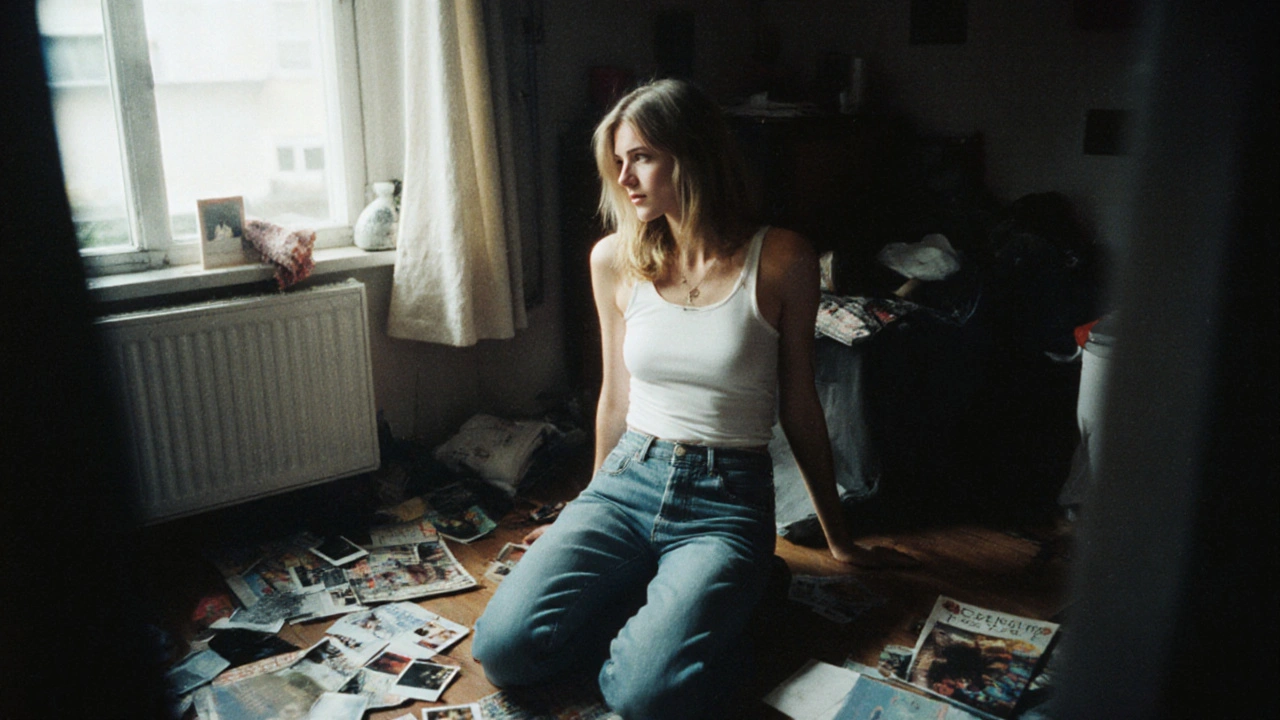
The 2010s: Diversity, Activism, and the Reclamation of Power
2012 was a turning point. The UK’s Fashion Targets Breast Cancer campaign featured 14 models of different sizes, ethnicities, and abilities. It wasn’t a gimmick. It was a statement. The industry was being called out - and it started listening.
Models began speaking up. Adwoa Aboah launched Gurls Talk, a platform for young women to discuss mental health. Halima Aden, who wore a hijab on the runway, became the first Muslim model to walk for Yeezy. Ashley Graham, though American, found her biggest fanbase in the UK, where curvy models were finally given space in major campaigns.
London Fashion Week introduced its first size-inclusive runway show in 2017. By 2020, over 30% of models on UK catwalks were from minority backgrounds - up from just 5% in 2010. The UK didn’t just follow global trends. It led them.
The 2020s: Control, Authenticity, and the New Model Economy
Today, the UK model isn’t waiting for permission. She’s building her own brand. TikTok and Instagram aren’t just platforms - they’re portfolios. A 19-year-old from Leeds can have more influence than a model signed to a 50-year-old agency.
Agencies now compete with direct-to-consumer brands. Models like Slick Woods and Harnaam Kaur aren’t just walking shows. They’re launching skincare lines, writing books, and hosting podcasts. The model-as-celebrity model is dead. The model-as-entrepreneur is here.
And the numbers back it up. In 2024, UK models earned over £1.2 billion from brand partnerships alone - more than double what they made in 2015. The top 10 UK models now earn more than the average Premier League footballer. And they’re doing it without traditional gatekeepers.
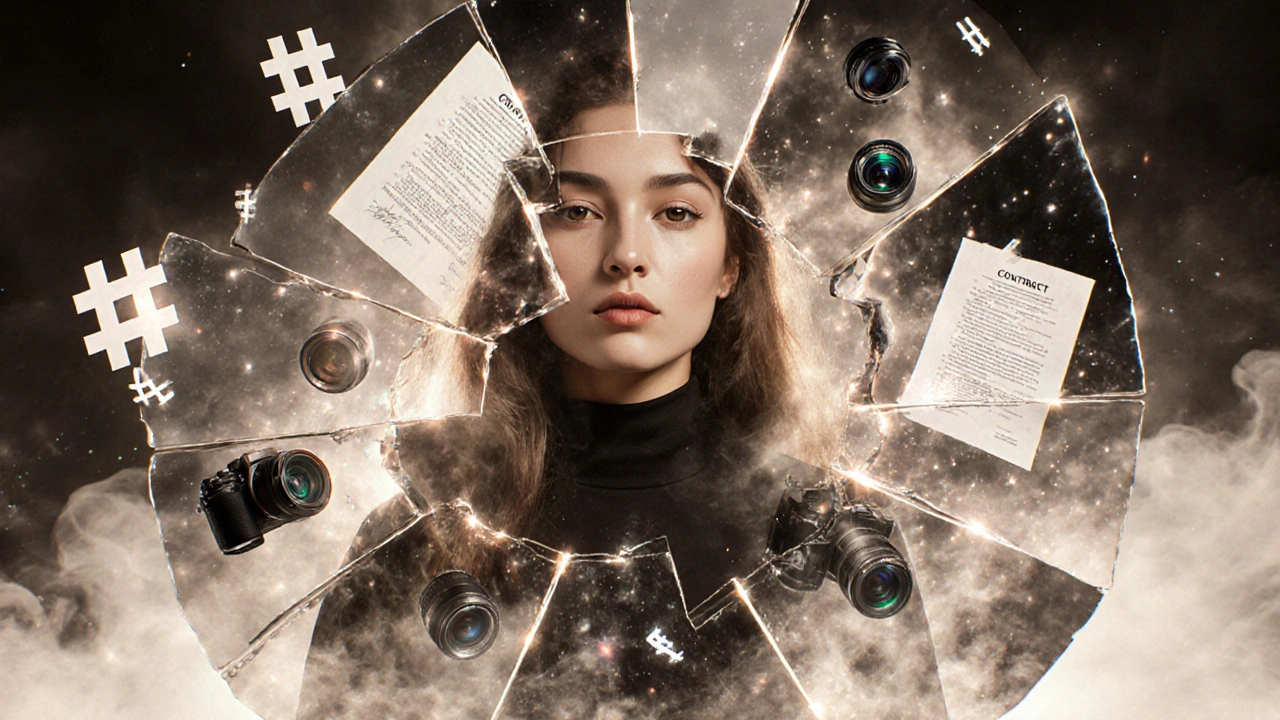
What Makes a UK Model Different?
It’s not just about the accent. It’s not just about the cold weather. It’s about attitude.
UK models have always had a rebellious streak. They don’t just follow trends - they question them. They’re more likely to say no to a shoot that doesn’t align with their values. They’re more likely to speak out about body image, mental health, or exploitation.
Compare a UK model to one from Milan or Paris. The Italian model might be polished. The French model might be aloof. The British model? She’s real. She’s messy. She’s got a sense of humor. She’s not afraid to be herself.
That authenticity is what brands crave now. And that’s why UK models dominate global campaigns. From Burberry to ASOS, from L’Oréal to Nike - they’re choosing British faces because they trust them.
The Future: Beyond the Runway
The next generation of UK models isn’t waiting for a call from an agent. They’re creating their own agencies. They’re launching training programs for young women in working-class neighborhoods. They’re teaching photography, editing, and negotiation skills - not just posing.
Organizations like Model Alliance UK and the British Model Association are pushing for fair contracts, mental health support, and age verification. The industry is still flawed. But it’s changing faster than ever.
By 2030, it’s likely that half of all top UK models will be self-managed. That’s not a prediction. It’s already happening.
Final Thought: The Model as a Mirror
UK models don’t just sell clothes. They reflect the country’s values. In the 80s, they showed ambition. In the 90s, they showed rebellion. In the 2020s, they show inclusion, resilience, and self-determination.
When you see a UK model on a billboard in Tokyo or a campaign in São Paulo, you’re not just seeing a face. You’re seeing a story - of a country that once looked one way, and now dares to look every way.
Who are the most influential UK models today?
Today’s most influential UK models aren’t just on runways - they’re leading movements. Adwoa Aboah, known for mental health advocacy, and Harnaam Kaur, the first bearded model to break into mainstream fashion, are reshaping industry standards. Jourdan Dunn, who has walked for Chanel and Versace, also runs her own production company. And newer voices like Malaika Firth and Slick Woods are using social media to build direct relationships with brands, bypassing traditional agencies entirely.
How has social media changed modeling in the UK?
Social media turned every model into a brand. A teenager in Birmingham with 50,000 Instagram followers can land a campaign with a UK high-street brand - no agency needed. Platforms like TikTok have made authenticity more valuable than perfection. Brands now track engagement, not just measurements. In 2024, 68% of UK fashion brands said they hired models based on social media performance, not traditional portfolios.
Are UK models paid more than models in other countries?
Top UK models earn more than their European peers. The average top UK model earns £180,000 per year from campaigns and endorsements - compared to €110,000 in France and €95,000 in Italy. This is due to the UK’s strong fashion media presence, global brand headquarters (like Burberry and Alexander McQueen), and the high demand for British authenticity in international markets.
What’s the biggest challenge facing UK models today?
The biggest challenge is burnout and lack of regulation. Many young models still sign exploitative contracts. Mental health support is inconsistent across agencies. And while diversity has improved, access remains unequal - models from low-income backgrounds still struggle to afford portfolios, travel, and training. The industry is moving forward, but not fast enough for everyone.
Can anyone become a UK model?
Yes - but not in the way it used to be. There’s no single mold anymore. Height requirements have relaxed. Age limits are gone. Models come in all shapes, sizes, ethnicities, and abilities. What matters now is personality, consistency, and the ability to connect with an audience. A 17-year-old from Bradford with a strong Instagram presence has just as much chance as a 22-year-old from London who went to a top agency.
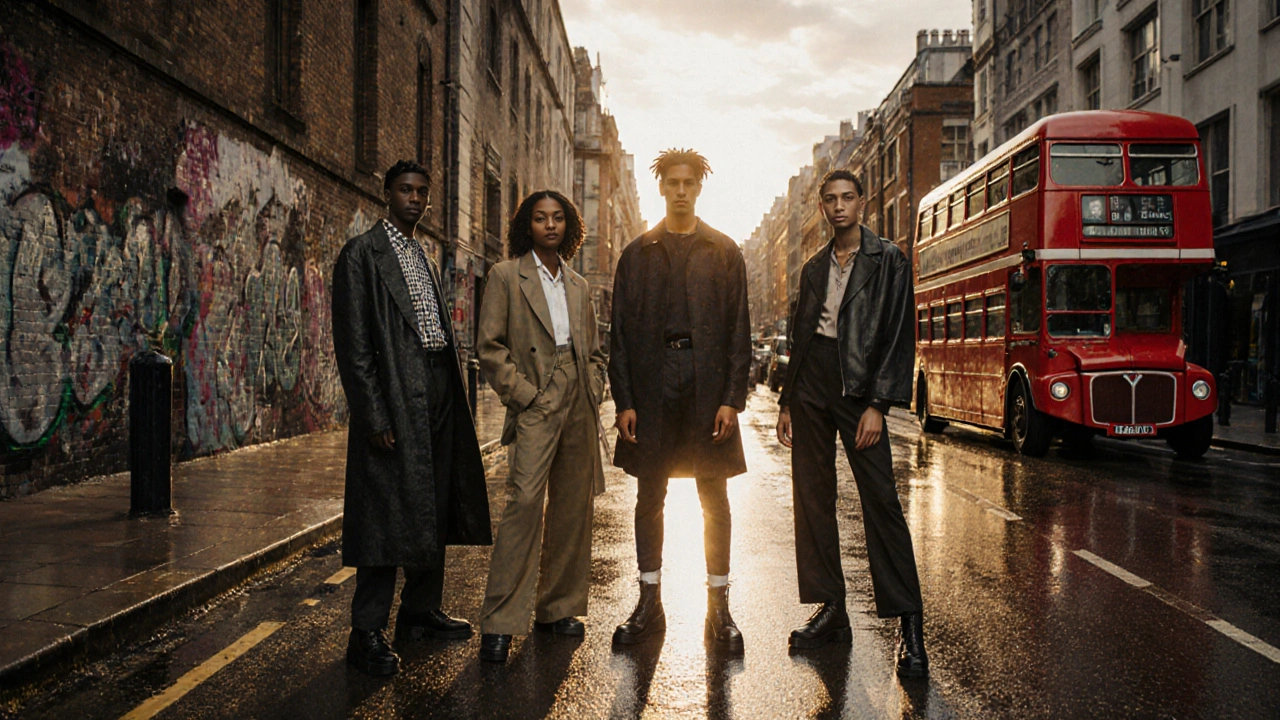
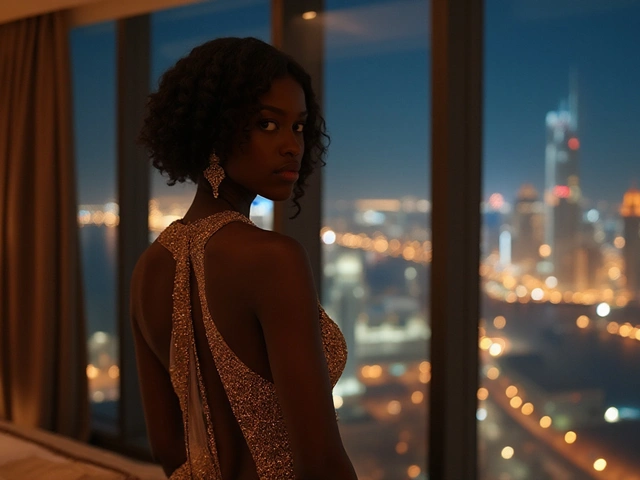
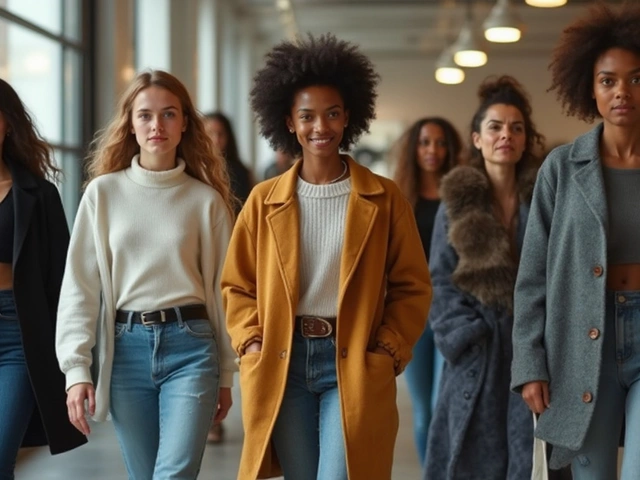
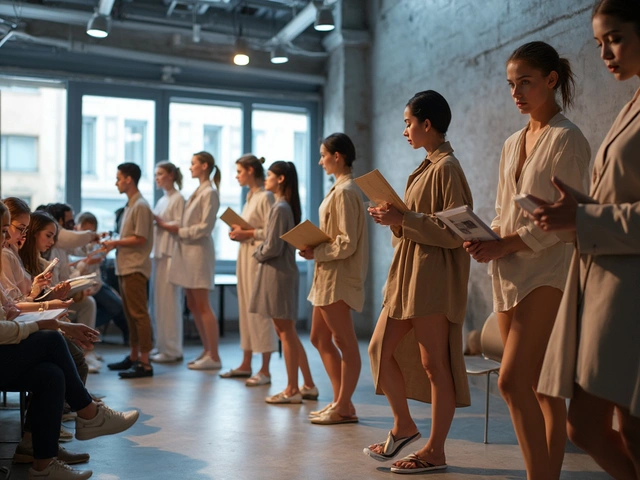
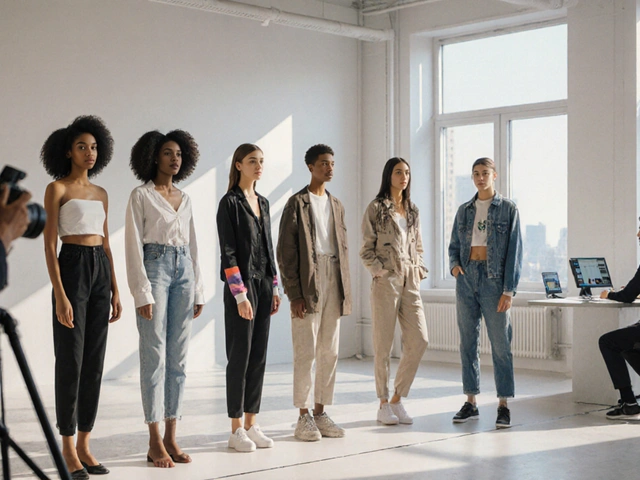
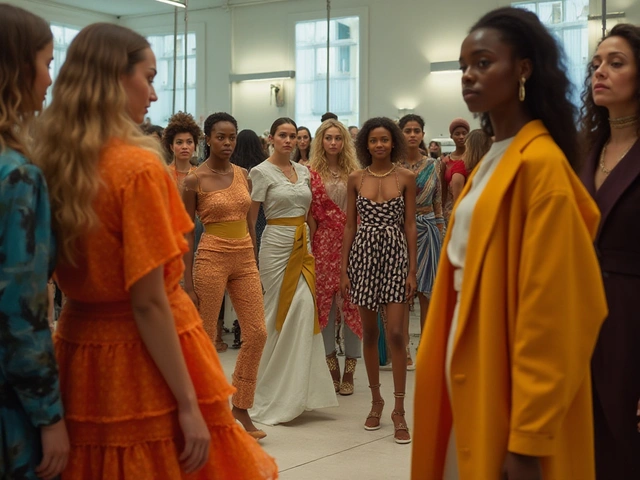
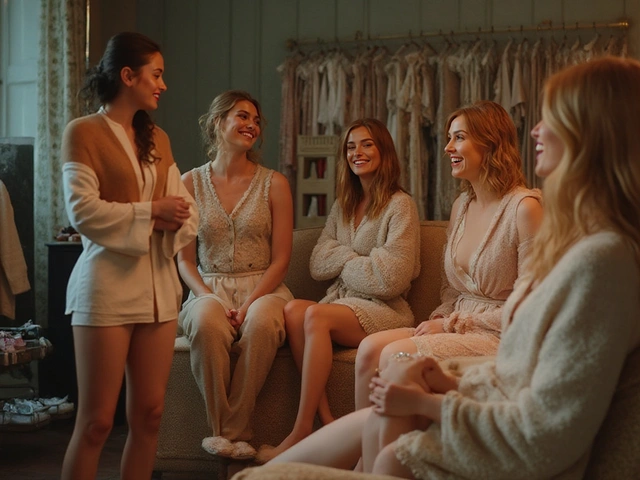

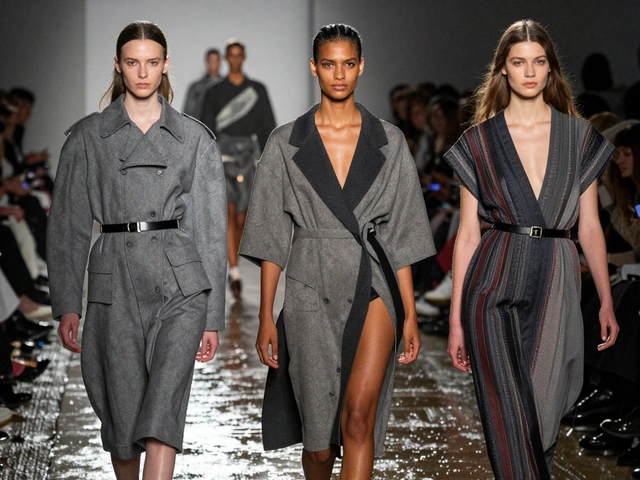
November 3, 2025 AT 00:14
Hazel Lopez
Really loved how this broke down the evolution - especially the part about models becoming entrepreneurs. I remember when my cousin got discovered on Instagram at 16 and now she runs her own skincare line. No agency, no BS. Just her, her phone, and a lot of late nights.
It’s wild how much power has shifted. Not just in fashion, but in how people see value now. It’s not about who you know - it’s about who you are.
November 3, 2025 AT 07:58
Tina Reet
Let’s be honest - this whole ‘authenticity’ narrative is just corporate co-opting of rebellion. The same brands that exploited waif-thin teens in the 90s are now slapping ‘body positivity’ on ads because it sells. The system didn’t change. It just repackaged the abuse.
And don’t get me started on ‘self-managed models’ - that’s just neoliberalism with eyeliner. You think a 17-year-old from Bradford can negotiate a contract without legal training? Please. They’re being exploited harder than ever, just with better hashtags.
November 3, 2025 AT 09:19
Melanie Luna
While the narrative of empowerment is compelling, the data doesn’t fully support the claim of systemic change. According to the 2023 UK Fashion Industry Labor Report, 62% of models under 21 still report being pressured to lose weight within their first six months of work. Diversity metrics are superficial without structural safeguards.
Furthermore, the rise of social media as a portfolio platform has created a new class of unpaid labor - content creation that must be sustained daily to remain relevant. This is not liberation. It’s algorithmic precarity.
And while earnings have increased for top-tier models, the median income for UK models remains below the national average. The 1.2 billion figure is skewed by the top 0.3%.
Authenticity is a marketing term now. The real revolution isn’t in who’s on the runway - it’s in who’s finally being heard behind the scenes.
November 5, 2025 AT 00:57
Beth Butler
This made me cry a little. I grew up thinking I wasn’t ‘model material’ because I didn’t fit some narrow standard. Seeing Harnaam Kaur and Adwoa Aboah on billboards? That was the first time I felt seen. You don’t need to be perfect to be powerful. Just real.
Keep going, babes. The world needs your truth.
November 5, 2025 AT 22:46
Rachel Neiman
For anyone thinking they can’t break in - you can. But don’t just post selfies. Learn lighting, editing, and how to pitch yourself. I helped a girl from Liverpool build her portfolio from scratch last year. She got her first campaign with ASOS in three months.
It’s not about luck. It’s about strategy. Agencies are obsolete. Your Instagram is your resume now. Treat it like one.
And if you’re under 18? Get a parent or guardian involved in every contract. Never sign anything without reading the fine print. Your worth isn’t measured in followers - it’s measured in boundaries.
November 6, 2025 AT 22:39
Andy Haigh
UK models? More like UK propaganda. They’ve turned modeling into a political tool. First it was about beauty, now it’s about woke virtue signaling. You think that bearded woman is breaking barriers? Nah. She’s a PR stunt for a brand that wants to look woke without paying real artists.
The real model? The one who shows up, does the job, and shuts up. Not the one who turns runway walks into TED Talks. This isn’t activism. It’s fashion fascism.
And don’t even get me started on the money. £180k? For posing? My cousin works 80-hour weeks in manufacturing and makes half that. This system is rigged - but not how you think.
November 8, 2025 AT 20:17
Patrick Wan
Wait - did you notice? All the ‘influential’ models mentioned? They’re all from London, or at least had London connections. The ‘working-class’ stories? Fabricated. The real models from Manchester, Cardiff, Newcastle? They’re still invisible. The industry doesn’t want diversity - it wants performative diversity.
And who controls the algorithms? Silicon Valley. Who owns the agencies? Private equity firms. Who profits? Not the girls on the runway - the investors.
The ‘self-managed’ model? A myth. She’s just a freelancer with no safety net. The same exploitative system - now with TikTok filters and crypto paychecks.
They’re selling you freedom while they lock the doors. And the media? They’re the ones ringing the bell.